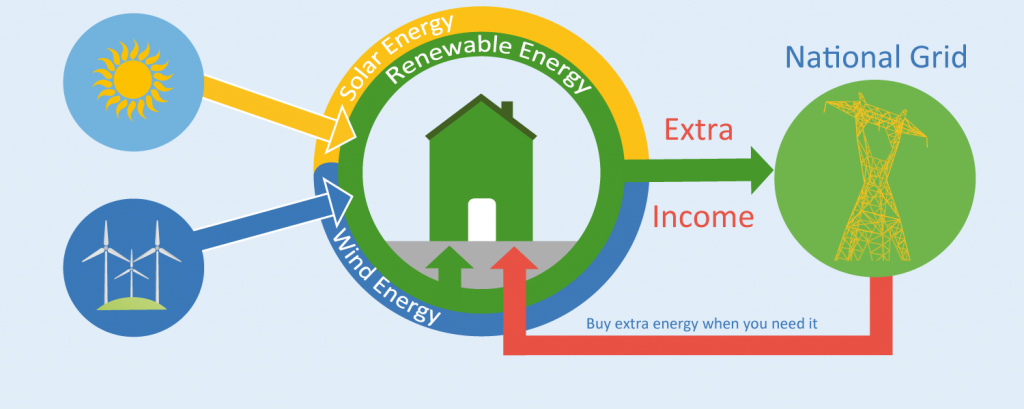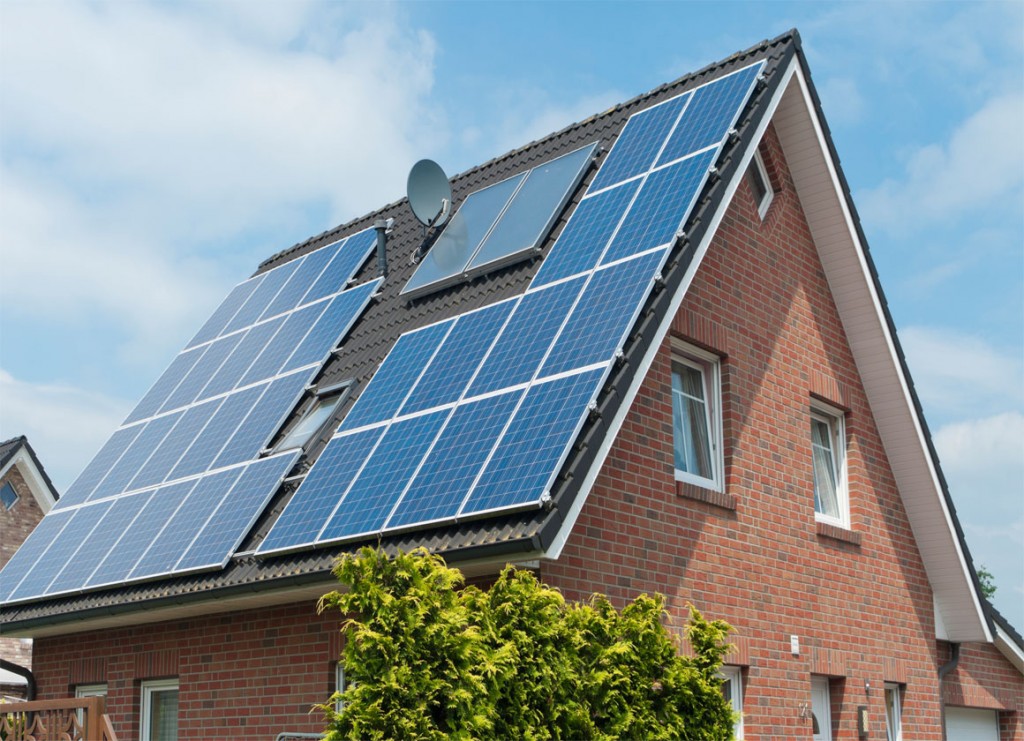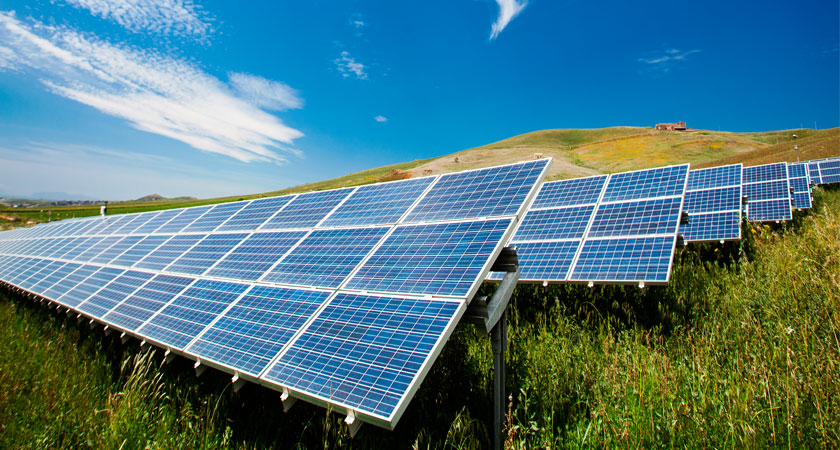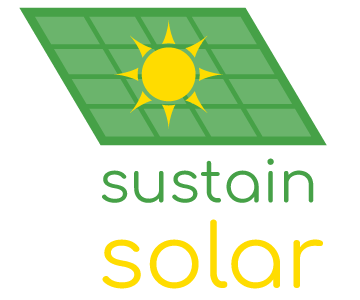Even now the majority of the world’s current electricity supply is generated using fossil fuels such as coal, oil and natural gas. There are a series of challenges facing these traditional energy production methods such as increasing prices, security concerns and too much dependence on imports from other countries that have a significant fossil fuel supply. Furthermore, there are continuing environmental concerns regarding climate change risks that are associated with using fossil fuels for power generation.
These challenges in relation to traditional energy sources have prompted governments, businesses and consumers to support the development of alternative energy sources and new technologies for the purpose of electricity generation.




Renewable Technologies
This typically includes a variety of renewable energy sources such as solar, biomass, geothermal, hydroelectric and wind power generation. As opposed to fossil fuels, which utilise finite resources that are increasingly becoming too expensive to retrieve, renewable energy sources offer the advantage of unlimited availability.

The Emergence of Solar PV
Solar power generation has subsequently emerged as a rapidly growing renewable technology for producing electricity. Solar power generation and in particular solar photovoltaics (PV) has several advantages over other forms of electricity generation:
Reduced Dependence on Fossil Fuels
Solar PV does not require fossil fuels and consequently this means it is less dependent on limited and expensive natural resources. You will find there is variability in the quantity and timing of sunlight during various periods, such as the changing of seasons but a properly sized and configured system can be designed in such a way so that it is highly reliable, providing long-term, fixed price electricity supply.
Energy Diversification
Governments are always striving for diversification in the energy mix of their policies and solar energy has the advantage of lowering dependency on oil, gas and uranium. Countries without large fossil fuel resources need alternatives to manage the security of energy supply.
By utilising Solar energy within the energy mix it enhances the energy production systems reliability as a result of its distribution capabilities. Furthermore, you will find that solar energy helps to offset the volatility of fossil fuels.
Environmental Advantages
Solar PV generates electricity with a limited impact on the environment, when compared with fossil fuel energy production. Even a typical domestic solar PV installation could save approximately one tonne of carbon emissions during the year. Obviously, there are significant opportunities to reduce carbon emissions for large-scale solar PV installations and as such they are suitable for companies and organisations who are required to meet carbon reduction targets.

Emerging Economies
There has been a significant increase in energy demand and CO2 emissions in emerging countries, which has led to an increase in energy prices for the developed world. Solar PV gives families and businesses more security over the energy required for their properties, thus delivering more control over costs.

It Works In Colder Climates
There is a misconception that solar energy is only useful in warmer climates, however this is not necessarily correct. In fact, solar PV functions much more efficiently on a long, clear day with moderate temperatures. As such solar PV is fantastic for long British summer days.

It’s Extremely Reliable
The sun has been in existence for billions of years and is fair to say that it will burn on for billions more years to provide a plentiful and reliable energy source. Furthermore, the technologies used are also exceptionally durable and reliable. Think of all those satellites in space, they are powered by solar PV systems and have been in operation for many years.

Matching Output With Demand
Solar PV does not need to be used on its own, it can effectively supplement electricity supply from the electrical grid. The solar power system can generate electricity during the day and also satisfy electricity demand peaks in the summer. Any excess electricity produced during the long summer days can be sent back to the electrical grid.
Government Incentives
A number of countries around the world have introduced incentive schemes for renewable technologies and the most important incentive in the UK for solar PV is the feed in tariff. For those families or businesses who have solar PV installed, the feed in tariff is in place to pay you an income for the electricity you produce.
 Essentially, the feed in tariff is a financial investment platform, which encourages people to invest in renewable technologies. The feed in tariff is guaranteed by the government for 20 years from the installation date and for that period of 20 years you will be paid in income for the energy you produce. To cut a long story short, this income over 20 years should contribute to paying off the installation costs of solar PV and also provide a subsequent income to support the family or business. See further details on the feed in tariff.
Essentially, the feed in tariff is a financial investment platform, which encourages people to invest in renewable technologies. The feed in tariff is guaranteed by the government for 20 years from the installation date and for that period of 20 years you will be paid in income for the energy you produce. To cut a long story short, this income over 20 years should contribute to paying off the installation costs of solar PV and also provide a subsequent income to support the family or business. See further details on the feed in tariff.
By installing a solar PV system on your property or ground location, it means you use less electricity from your utility company. As a consequence, this contributes to lower electricity bills. If you have a purchased solar PV installation from Sustain you will not only reduce your electricity bills but you will generate an income as a result of the feed in tariff. This could be a substantial income from the installation of solar PV system.
If on the other hand, you have a free solar panel installation from Sustain, you will not receive an income from the feed in tariff, but you will see a reduction in your electricity bills.
The Potential To Increase Property Value
An investment in a solar-energy system may improve the value of your property, given that it is more efficient and you will have reduced utility bills. Opinion surveys suggest that there is a strong link between property prices and the presence of a solar PV system.
See this infographic from the Department of Energy & Climate Change in relation to the average house price increases for more energy efficient homes.
Install Multiple Panel Systems
The size and generating capacity of a solar PV system is flexible and can be designed to suit the needs of specific clients. The amount of electricity produced is essentially proportional to the number of solar modules installed and therefore it is a readily scalable and versatile technology.
Flexible Locations
Solar PV can be installed at the customer site, which therefore reduces required investments in electricity production and the transportation infrastructure. Solar PV can be installed on a roof , including flat roofs, new construction and angled roofs that are typically found on domestic properties. They can also be installed on the roof or in the roof as a replacement for tiles.
For large-scale solar PV installations, it can be appropriate to install the panels on a ground location to maximise the area of production. This might be applicable for utility scale installations, isolated grid alternatives or indeed a large solar park or solar farm.
 While there are many solar PV systems that are attached to the electrical grid, photovoltaic systems can produce power independent of the utility grid. Stand-alone photovoltaic systems can be more cost-effective than extending power lines and are therefore especially appropriate for remote locations, such as national parks, cabins and remote homes.
While there are many solar PV systems that are attached to the electrical grid, photovoltaic systems can produce power independent of the utility grid. Stand-alone photovoltaic systems can be more cost-effective than extending power lines and are therefore especially appropriate for remote locations, such as national parks, cabins and remote homes.
Despite the initial outlay the installation of a photovoltaic system they can be installed in remote areas, which means they can be a much more logical solution then using a diesel generator. A photovoltaic system also has a much better life-cycle cost advantage.
 To give you some indication on the growth and relevance of solar PV it is estimated that spending will rise by as much as 45% for 2014, reaching an estimated $3.8 billion worldwide. Germany, one of the leaders in solar PV installations is seeing a huge transformation in energy production.
To give you some indication on the growth and relevance of solar PV it is estimated that spending will rise by as much as 45% for 2014, reaching an estimated $3.8 billion worldwide. Germany, one of the leaders in solar PV installations is seeing a huge transformation in energy production.
The German government has set a target of 66 GW of installed solar PV capacity by 2030 and a goal of 80% of electricity from renewable sources by 2050. They are hurtling along at a fair rate and the United Kingdom is following a very similar strategic growth pattern.


